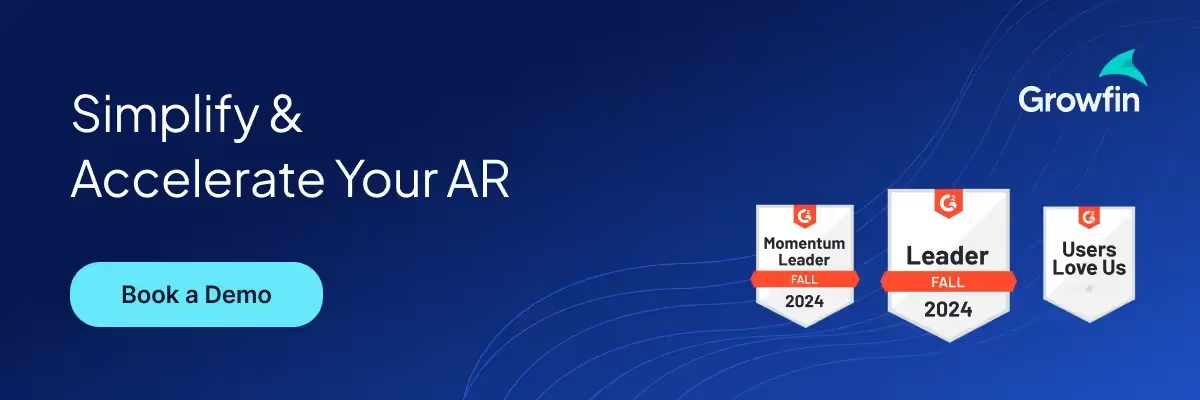How to Automate Dunning Emails in NetSuite
📉 Problem: Manually chasing overdue invoices is time-consuming and inconsistent. Automating dunning emails inside NetSuite helps streamline collections, improve cash flow, and reduce manual effort, without needing to buy the AR Automation add-on.
This guide walks you through setting up saved searches, workflows, and email templates to automate reminders based on invoice aging.
Steps to Automate Dunning Emails
Step 1: Define Aging Buckets
Start by grouping your invoices based on how overdue they are. Most finance teams use these standard buckets: 0–30 days, 31–60 days, 61–90 days, and 91+ days. This segmentation allows you to tailor your follow-up tone and message based on the severity of the delay. You can view current invoice aging under Reports > Receivables > A/R Aging Summary.
Step 2: Create Saved Searches for Each Bucket
For each aging bucket, create a Saved Search to automatically identify overdue invoices. Go to Reports > Saved Searches > New > Transaction. Set filters to select only invoices that are open or partially paid and due within the corresponding date range (e.g., 31–60 days ago). Name the search accordingly, like "Dunning – 31-60 Days". Repeat this for the other buckets. These saved searches update automatically, so you won’t need to refresh them manually.
Step 3: Build Workflows to Trigger Emails
Use NetSuite's Workflow Manager to automate email sending. Navigate to Customization > Workflow > New. Choose Transaction as the record type and set the trigger type to Scheduled, with a daily run frequency. Link the workflow condition to the saved search you created (e.g., "Dunning – 31-60 Days"). For the action, set it to Send Email and use dynamic fields like {tran id} (invoice number), {due date}, {amountr emaining}, and include payment instructions or links. Create separate workflows for each aging bucket.
Step 4: Customize Email Templates by Stage
Write different email templates that reflect the tone suitable for each aging stage. Friendly reminders for 0–30 days, polite but firm for 31–60, more direct for 61–90, and escalated messaging for 91+ days. Go to Documents > Templates > Email Templates > New. Use merge fields such as {entity} (customer name), {tranid}, and {amountremaining}. Save and assign one template per aging stage.
Step 5: Schedule and Let It Run
Once everything is in place, schedule each workflow to run daily. NetSuite will automatically scan invoices using your saved searches, determine which bucket they fall into, and send the right email using your templates. Make sure to add a condition to stop the email once the invoice is fully paid. You have successfully set up dunning automation!
NetSuite ERP lets you automate dunning emails using saved searches, workflows, and email templates. By aligning emails to invoice aging buckets, you can streamline follow-ups and reduce manual effort while maintaining a consistent tone across stages.
Pro tip: Growfin reads customer payment behavior, email engagement, and risk signals to dynamically adjust message tone, timing, and escalation paths. Instead of static workflows, you get a living, responsive dunning system, so your team follows up smarter, not just faster.



.png)
.webp)


.webp)













.webp)







.webp)
.webp)
.webp)
.webp)